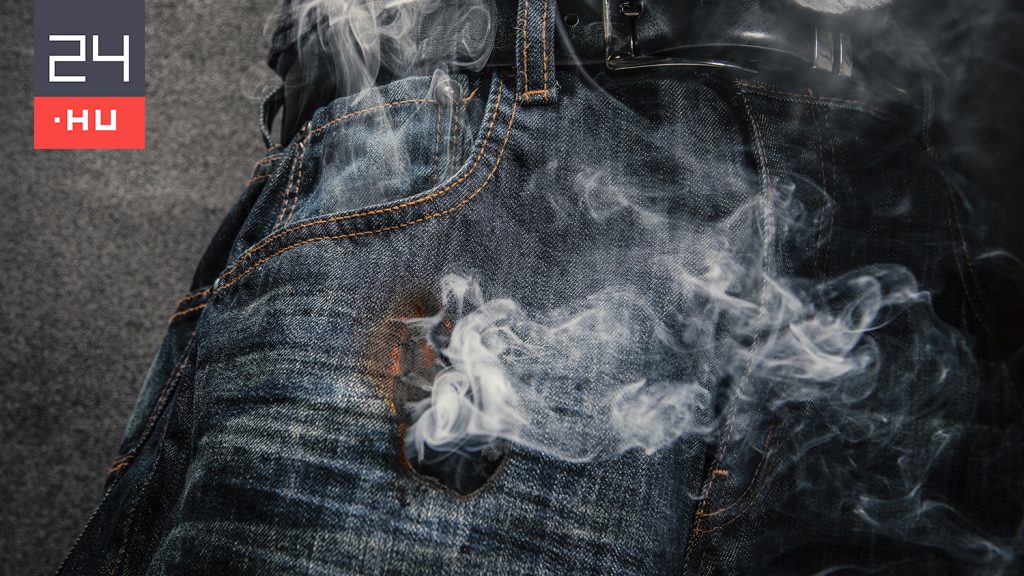Farmers in New Zealand faced a strange and dangerous phenomenon in the 1930s: their pants seemed to suddenly catch fire and seemed to burn violently without any precedent and for no particular reason. After a number of them were seriously injured and some of them died in such fires, an investigation was launched to find out what could be the cause of this phenomenon.
poisonous plant
As it turns out, the real responsible for Jacobaea vulgaris, in “Jacob’s daygrass” (Sensio Jacobia.) at the beginning of the century. A plant that produces yellow flowers looks harmless from the outside, but it contains a lot of toxic substances.
While some flowers don’t have enough toxins to cause trouble, for example, if grazing cows eat too many of them, enough will build up in their livers to die after a while. But even before that, these substances can get into milk – or into honey through bees that fly on flowers – and so can start accumulating in the human beings that consume them.
flammable herbicides
No wonder New Zealand farmers wanted to prevent the crop from spreading. On the recommendation of the Ministry of Agriculture, sodium chlorate was used as an herbicide for this purpose. Some of the sprayed worker soaked the users’ clothes, especially their pants, and remained there to dry. However, sodium chlorate can be a highly flammable substance, igniting by heat (for example, when hung near a stove or stove for drying), by strong rubbing and shock (for example, while riding), not to mention carelessly ignited by a match that enables Than ignite the dress in this way.
The use of sodium chlorate as a herbicide was later banned in New Zealand, a Jacobaea vulgaris It has caused problems in the island nation ever since – but farmers should at least not be afraid that their pants will suddenly start to burn.












































